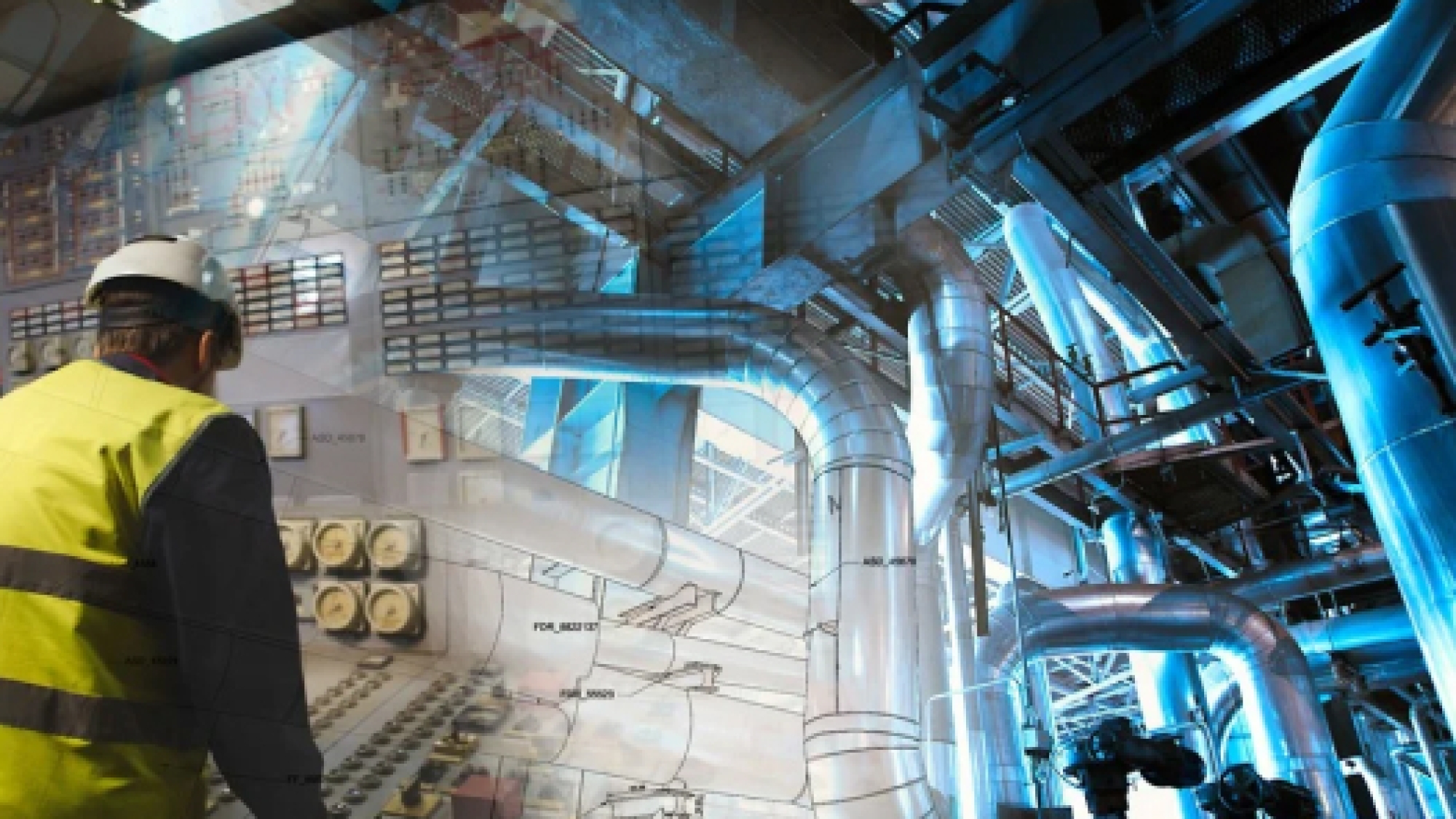In any industrial or production environment, the role of equipment maintenance cannot be overstated. Effective maintenance practices are critical to ensuring operational success, optimizing performance, and minimizing downtime. Regular maintenance of equipment not only prolongs its lifespan but also enhances operational efficiency, safety, and overall productivity. This article delves into the significance of equipment maintenance and outlines key strategies for implementing successful maintenance programs.
The Impact of Regular Equipment Maintenance on Operational Efficiency
Regular equipment maintenance is fundamental to maintaining high operational efficiency. Routine maintenance helps identify and address potential issues before they escalate into major problems, thus ensuring that machinery operates at peak performance. For example, regular inspections can uncover wear and tear, allowing for timely repairs that prevent more extensive damage. Additionally, well-maintained equipment operates more efficiently, leading to reduced energy consumption and lower operational costs. By adhering to a structured maintenance schedule, organizations can avoid unexpected breakdowns and costly repairs, resulting in smoother operations and higher productivity levels.
Preventing Downtime: Key Maintenance Practices to Keep Machinery Running Smoothly
Preventing downtime is essential for maintaining continuous operations and avoiding disruptions that can impact productivity and profitability. Key maintenance practices include:
– Scheduled Maintenance: Implementing a regular maintenance schedule that includes inspections, lubrication, and parts replacement ensures that machinery remains in optimal working condition.
– Predictive Maintenance: Utilizing sensors and monitoring technologies to predict potential failures based on equipment performance data allows for timely intervention before breakdowns occur.
– Training and Procedures: Ensuring that maintenance staff are well-trained and follow established procedures helps in accurately diagnosing issues and performing effective repairs.
– Record Keeping: Maintaining detailed records of maintenance activities and equipment performance helps in tracking the effectiveness of maintenance strategies and planning future actions.
By integrating these practices into routine operations, businesses can significantly reduce the risk of unexpected downtime and enhance overall operational reliability.
Extending Machinery Lifespan Through Proactive Maintenance Strategies
Proactive maintenance strategies focus on preventing issues before they arise, thereby extending the lifespan of machinery and reducing long-term costs. Effective strategies include:
– Condition Monitoring: Employing advanced monitoring techniques, such as vibration analysis and thermal imaging, to assess equipment health and detect early signs of wear or malfunction.
– Predictive Analytics: Using data analytics to predict when components are likely to fail based on historical performance and usage patterns. This allows for timely replacements and adjustments.
– Preventive Measures: Implementing preventive measures, such as regular cleaning, calibration, and adjustments, to maintain machinery in optimal condition and prevent deterioration.
– Upgrades and Modernization: Investing in technology upgrades and modernizing equipment can enhance performance and reliability, reducing the likelihood of breakdowns and extending machinery life.
Proactively managing equipment maintenance helps in avoiding costly repairs, minimizing production interruptions, and maximizing the return on investment.
Implementing a Successful Equipment Maintenance Program: Tools and Best Practices
A successful equipment maintenance program requires a combination of effective tools and best practices. Key elements include:
– Maintenance Management Software: Utilize computerized maintenance management systems (CMMS) to schedule, track, and manage maintenance activities. CMMS provides real-time data, helps in planning maintenance tasks, and improves overall efficiency.
– Standard Operating Procedures (SOPs): Develop and enforce SOPs for maintenance activities to ensure consistency and quality in maintenance practices.
– Performance Metrics: Establish key performance indicators (KPIs) to measure the effectiveness of maintenance activities, such as mean time between failures (MTBF) and mean time to repair (MTTR).
– Continuous Improvement: Implement a continuous improvement process that involves regularly reviewing maintenance practices, incorporating feedback, and adapting strategies to evolving needs.
By adopting these tools and practices, organizations can build a robust maintenance program that supports operational success, reduces costs, and enhances equipment reliability.
Conclusion
Effective equipment maintenance is a cornerstone of operational success in any industry. By focusing on regular maintenance, preventive practices, proactive strategies, and robust management programs, businesses can ensure that their machinery operates efficiently, reliably, and for an extended period. Implementing these practices not only enhances productivity but also helps in avoiding costly disruptions and repairs. As industries continue to evolve, maintaining high standards in equipment upkeep will remain crucial for sustaining operational excellence and achieving long-term success.
Process for Ensuring Operational Success
1. Assessment and Planning
– Evaluate existing equipment conditions and maintenance needs.
– Develop a maintenance strategy tailored to operational requirements.
2. Implementation
– Schedule regular maintenance tasks and allocate resources.
– Deploy maintenance management tools and establish SOPs.
3. Monitoring and Analysis
– Continuously monitor equipment performance using sensors and analytics.
– Track maintenance activities and performance metrics.
4. Adjustment and Improvement
– Analyze maintenance data and feedback to identify areas for improvement.
– Adjust maintenance strategies and procedures based on performance insights.
5. Training and Communication
– Train staff on maintenance procedures and best practices.
– Ensure clear communication of maintenance plans and updates across the organization.


Add a Comment